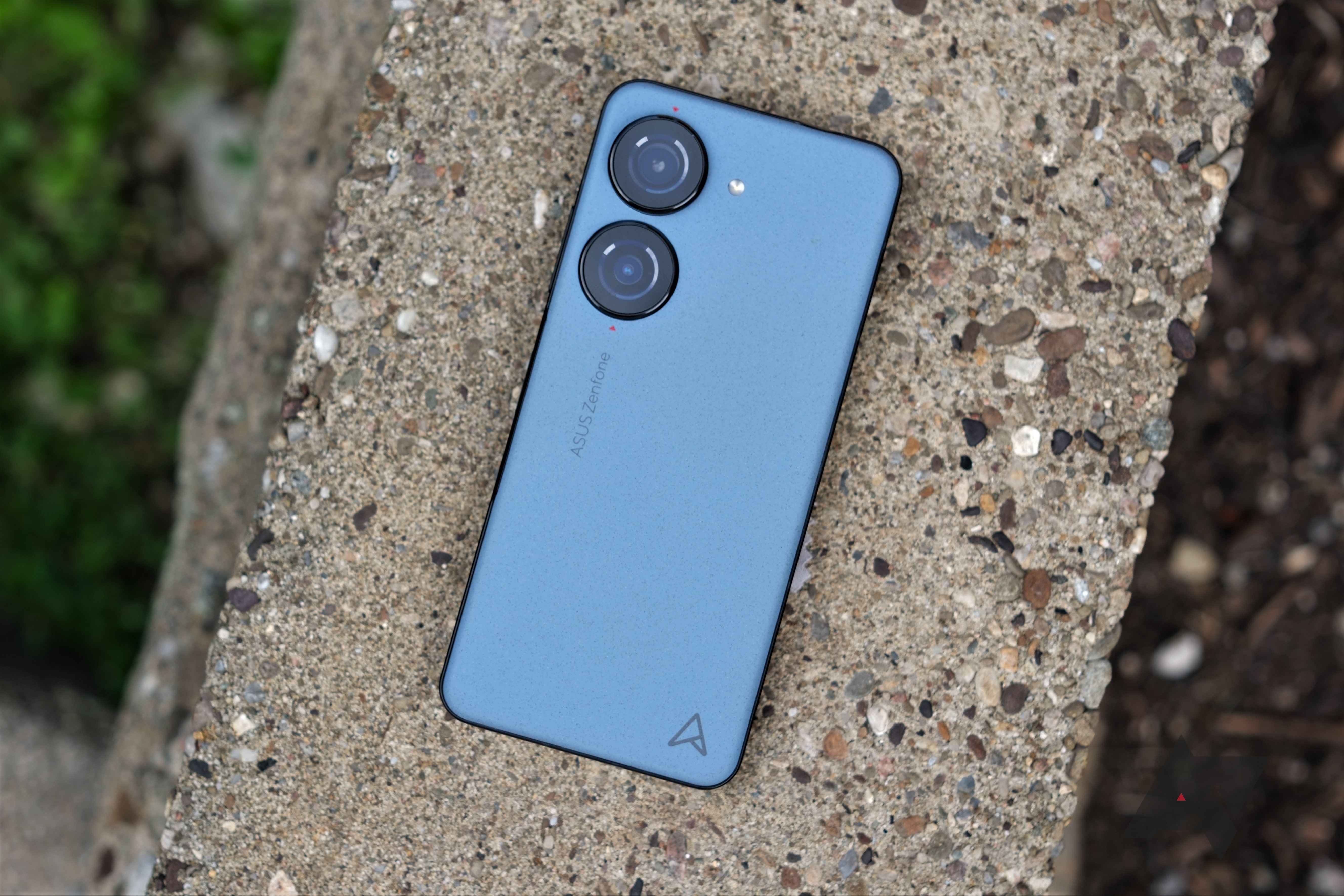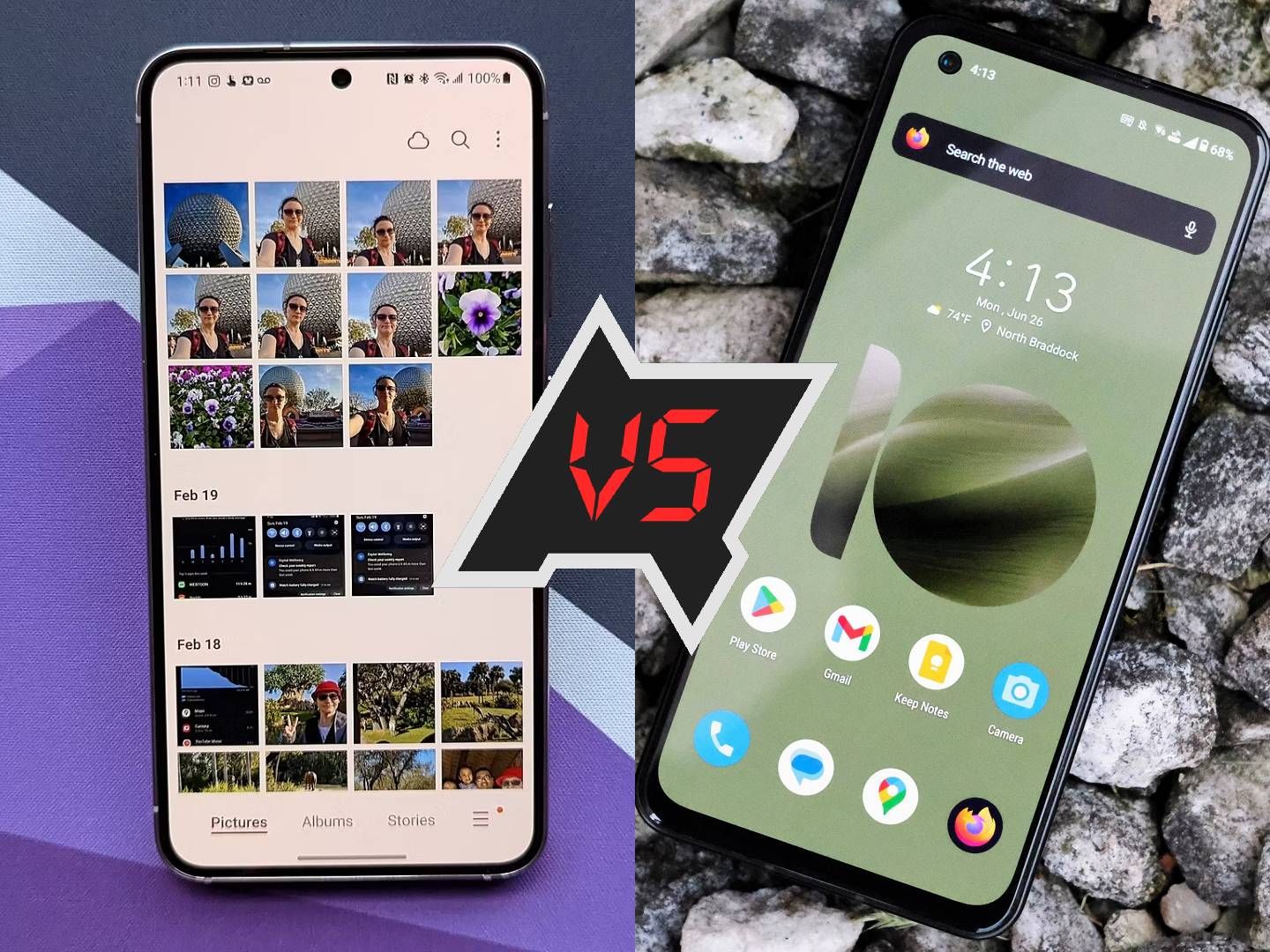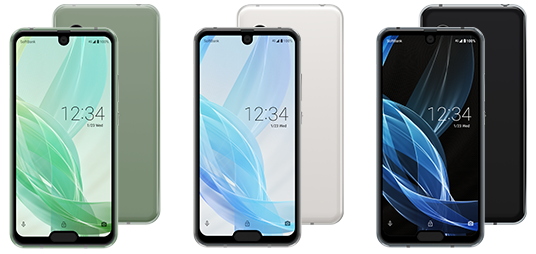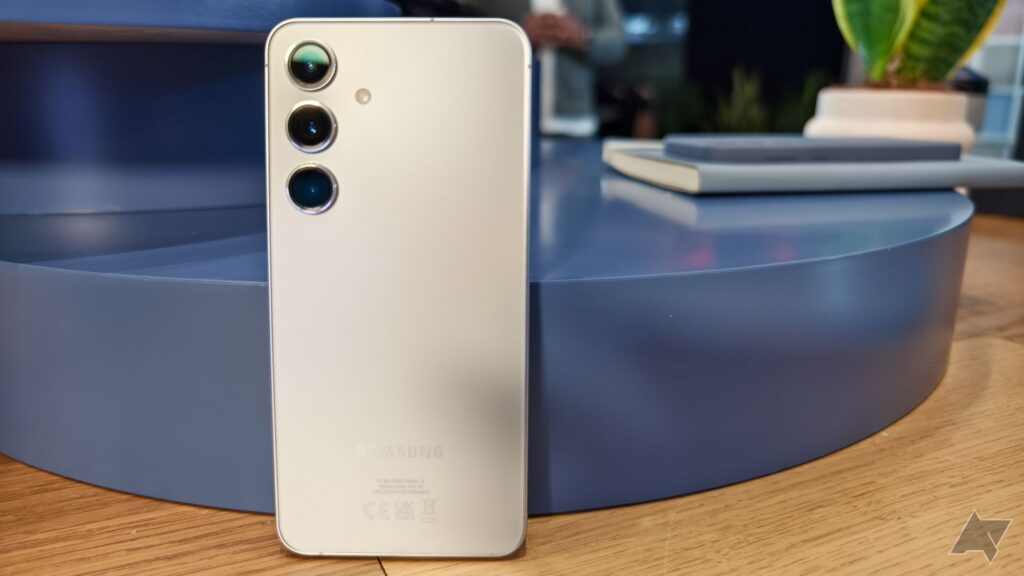I wouldn’t say my hands are alarmingly small, but you won’t find me playing piano at Carnegie Hall, and I’ve never managed complex guitar chords. And you’ll never catch me using any near-7-inch high-end phablets like the Galaxy S24 Ultra. My thumb simply cannot reach the notification bar without dislocating.
But for the last several years, smartphones have followed the clear trend of getting bigger as they get more powerful and entwined with life. I concede that makes sense. People want to maximize screen space for the increasing amount of things our devices can do. But today’s smartphone market just doesn’t offer many options for easily using a phone one-handed, especially for us small-mitted folks.
How small is small?
The word compact used to mean something
Source: Ebay
The discussion of best small phones usually boils down to the 6-inch Galaxy S24 and Zenfone 10 or novel foldables reminiscent of flip phones. And if that’s all the compact goodness the current market offers (and it basically is), I’ll just have to pick one of those. That’s fine — they’re great phones — but we used to have more options, some even smaller.

Asus shoots down rumors it’s done making Zenfones
The Taiwanese manufacturer rejects claims it could join LG and HTC in leaving the smartphone market
The glory of the XZ1C and its compact competitors
I’ll rave about my favorite smartphone, the Sony Xperia XZ1 Compact, to anybody who’ll listen. This diminutive device sported the same Snapdragon 835 system-on-a-chip as that year’s class-leading Galaxy S8, and I kept mine until 2022, even after smashing it once by accident and buying an identical replacement.
In truth, the 32GB onboard storage didn’t wow anybody even at release, and the massive shoulders and chin cut into the already-scarce screen space. Yet it had not only a microSD slot but also a headphone jack, two things today’s flagships wouldn’t dare. And it maintained reasonable performance over four years after launch, despite the relatively ancient Android 11 holding it back.
It wasn’t quite alone. The iPhone 8 contended for best phone overall, and the 2017 Galaxy A3 filled the void for those on a budget. Unfortunately, after the Xperia XZ2 Compact replaced the XZ1C, things started to go south for truly compact phones. After that, the only new Android phone smaller than a Galaxy S was the Sharp Aquos R2 Compact, an ill-fated device that sported dual notches (ew) and was never released in the U.S.
Source: Sharp
The only other remotely similar option is the 2022 iPhone SE, which is just 2022 hardware crammed into leftover iPhone 8 bodies. That’s not very exciting.
Who wants a compact phone, anyway?
Despite being a huge nerd and follower of all things tech, I’ve never used my phone for in-depth research, multitasking work, playing graphics-intensive games, or watching films. I’ve always had tablets, laptops, and desktop PCs for that. To me and many others, a smartphone is a map, music player, camera, internet portal, and social media hub. You don’t necessarily need a huge screen to use those functions.
But I do tend to multitask in the real world. A significant portion of my smartphone use happens while I’m walking my dog, eating a sandwich, sipping a tasty beverage, or some complicated combination of all three. Sometimes I’m even wearing skinny jeans. I don’t have the limbs, coordination, or pocket space to hoist a 200g, 7-inch tablet out of my bum bag and navigate its girthy screen with gesture controls or — God forbid — two hands.
Small phone compromises
For one, they’re small — people like being able to see lots of content or watch detailed videos. I’m willing to sacrifice that for portability. But in 2024, you don’t need the absolute most powerful chip, and a small screen means the device can afford to use fewer pixels.
Plus, with the rising use of quad-level cell memory, storage shouldn’t be an issue, especially if manufacturers went back to the microSD slot (yeah, right). Battery life could be fine with minor performance and display trade-offs, so there’s no technical reason they don’t exist.
What’s next for small phones
Please don’t leave us, tiny Zenfone
The real reason the Galaxy S24 and Zenfone 10 make up all today’s small phones? People don’t buy them any smaller. As loudly as I and the rest of my small-handed compatriots complain, we’re still a vast minority, and money talks. So much so, in fact, that the future of even S24-size smartphones may be in peril.
The entire list: iPhone 15, Galaxy S24, and Zenfone 10. The Pixel 8 comes pretty close but is starting to creep up in size and weight. Of course, that’s a fantastic set of phones, but that’s also pretty much it. Compact device lovers like myself find the dearth of small midrange options alarming. If you’re not willing to shell out for a high-grade device or venture into the secondhand market, you’re basically out of luck.
Is there any hope for the future?
My personal favorite, the Zenfone 10, even features some software implementations that make one-handed use easy. Asus hasn’t revealed the Zenfone 11 yet (and likely won’t do so until summer, based on past trends), but its gigantic Zenfone 11 Ultra release in March does leave room in the stable for a still-smallish base model. Asus often caters to a slightly less mainstream niche and prices its devices competitively. It’s the only compact phone I’m looking forward to.
Otherwise, the Galaxy S25 will likely remain a similar size, as the base model consistently sells more than the Plus and just under the Ultra. But it’s expensive and a bit bland. Plus, don’t expect Samsung to deliver anything smaller in any price range. Even Apple, lover of all things sleek and cute, has seemingly abandoned its compact device development, with the iPhone SE, iPhone Mini, and iPad Mini lineages all apparently dead in the water.
Sadly, it looks like the truly compact smartphones of old are forever in the past unless Sony’s Xperia Compact lineup somehow comes back from the dead. Hey, a guy can dream.

Samsung Galaxy S23 vs. Asus Zenfone 10: Clash of the compacts
Two small phones enter, one small phone leaves


.JPG)

